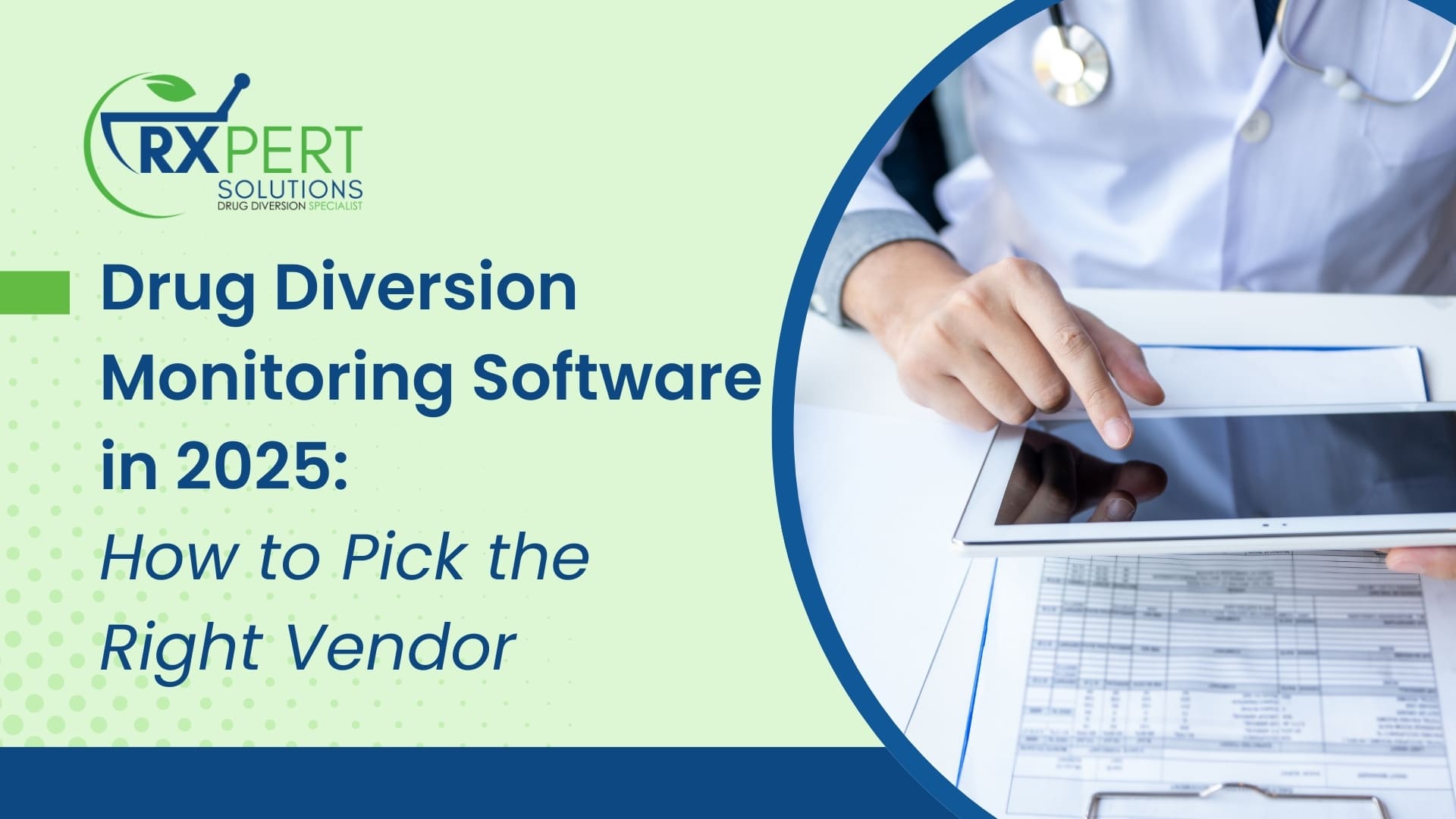As healthcare professionals tasked with ensuring patient safety and maintaining the integrity of our institutions, we often encounter cases of suspected drug diversion that aren’t immediately obvious. These cases can be particularly challenging when the suspect’s documentation is flawless and there are no glaring red flags.
Today, we’ll explore a comprehensive approach to investigating such cases, drawing from collective experiences and advanced analytical techniques.
The Deceptive Perfection:
Imagine a scenario where an employee exhibits trends of anomalous usage of a specific opioid compared to their peers in the entire facility. Their documentation and scanning compliance are impeccable.
A colleague notes that this employee is exceptionally helpful with administering narcotics. However, they consistently ignore opioid stewardship reminders and education. On the surface, everything seems in order, but the data tells a different story. How do we proceed?
1. Dive Deep into the Data:
a) Comparative Analysis:
- Use tools to compare the suspect’s administration patterns of controlled substances (CS) vs. non-controlled substances over an extended period (e.g., 6 months).
- Look for discrepancies in helpfulness with CS vs. non-CS medications.
- Compare the suspect’s trends against peer averages over time, focusing on the top 5-10 users for context.
b) Pain Score Analysis:
- Compare pain scores before, during, and after the suspect’s shifts.
- Look for patterns in pain score documentation (e.g., frequent 4/10 or 7/10 scores).
- Analyze average pain scores for patients treated by the suspect vs. peers.
c) Medication Dosage and Frequency Patterns:
- Check if the suspect consistently pulls larger doses than peers or than required.
- Look for patterns of giving lower doses more frequently, especially with injectables.
- Analyze the average dose per pain point compared to peers.
2. Scrutinize Documentation and Workflow:
a) Barcode Medication Administration (BCMA) Practices:
- Review adherence to scanning policies for both patients and medications (CS vs non-CS).
- Check for bypasses or overrides of MAR warnings.
- Analyze the location and timing of medication scans.
b) Documentation Timing:
- Compare dispensing times with administration and waste documentation times.
- Look for patterns of back-charting or delayed documentation.
- Track chart access patterns and workstation usage.
c) Waste Practices:
- Identify any consistent “waste buddies” or preceptors.
- Compare waste volumes and frequencies with peers.
- Check for full package wastes at different Pyxis machines.
3. Analyze Behavioral Patterns:
a) Physical Movement:
- Utilize badge trackers to monitor the suspect’s movements.
- Cross-reference location data with medication administration documentation.
- Look for unusual patterns or frequent visits to medication areas.
b) Patient Selection:
- Analyze if the suspect consistently cares for patients with higher pain needs.
- Check for patterns of caring for high-acuity patients across multiple shifts.
c) Shift and Workload Patterns:
- Review if the suspect frequently works extra shifts or takes on the most challenging patients.
4. Expand the Investigation Scope:
a) Medication Handling:
- Look for patterns of medication stacking (administering pain meds with other medications that could allow for diversion).
- Check for cancellations of non-opioid pain relievers (e.g., Tylenol) with pulls of opioids.
- Analyze patterns of dispensing, canceling, or returning medications.
b) Patient Safety Indicators:
- Check for increased use (or lack) of naloxone in the suspect’s patients.
- Review RASS scores for signs of over-sedation that would be expected with the higher doses being received.
c) Department Context:
- Consider the typical patient acuity in the department (e.g., CIWA, ICU, hospice).
- Analyze if the suspect’s activity aligns with departmental norms.
5. Implement Discreet Real-time Monitoring:
a) Patient Interviews:
- Conduct careful “customer service” follow-ups with patients.
- Ask about their care, recent pain levels, and medication administration.
- Compare patient reports with documented medication administration.
b) Observational Strategies:
- Implement discreet observation of patient care to verify medication administration.
- Look for discrepancies between patient-reported pain and documented pain scores.
6. Review Policy Adherence:
- Document instances of policy violations (e.g., not wasting with a witness, delayed administration).
- Track adherence to pain reassessment protocols.
- If opioid stewardship is a policy, repeated violations may justify corrective action or drug screening.
7. Engage Additional Resources:
- Consider involving a skilled interviewer for staff questioning if necessary.
- Implement anonymous reporting systems for colleagues to share concerns.
- Consult with interdepartmental teams (pharmacy, nursing leadership, HR) for fresh perspectives.
Conclusion:
When investigating suspected diversion cases where surface-level indicators are absent, it’s crucial to adopt a multifaceted, data-driven approach. By meticulously analyzing patterns, scrutinizing documentation, and implementing discreet real-time monitoring, we can uncover discrepancies that may indicate diversion.
Remember, the goal isn’t just to catch potential diverters but to ensure patient safety and support healthcare professionals who may be struggling. If the data consistently points to diversion despite perfect documentation, it’s essential to report these findings to the appropriate authorities or licensing boards for further investigation.
Lastly, fostering a culture of awareness and responsible reporting within healthcare organizations is crucial. Emphasize that identifying potential diversion is a matter of patient and employee safety, not punishment. By working together and staying vigilant, we can maintain the integrity of our healthcare systems and ensure the best possible care for our patients.






